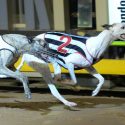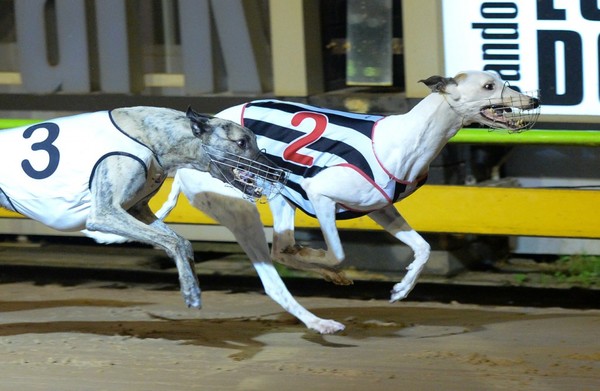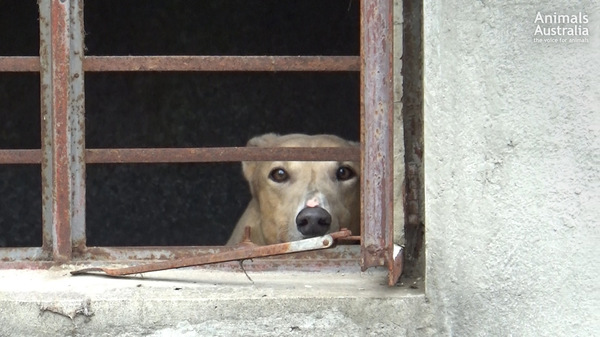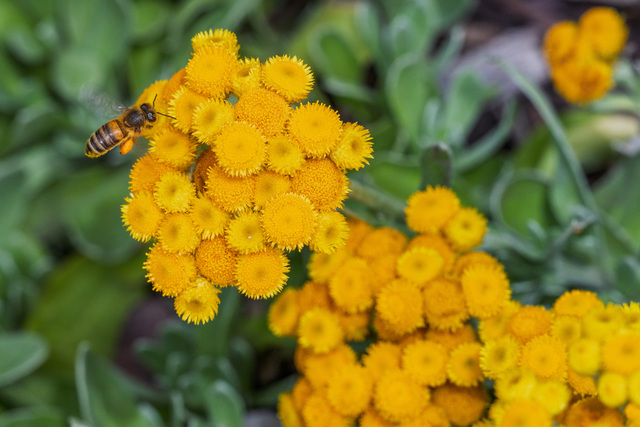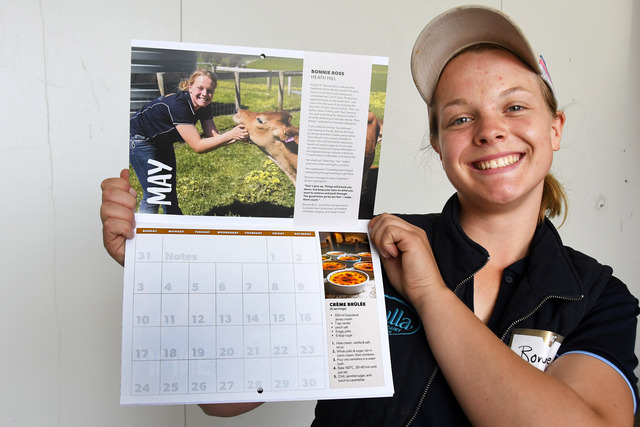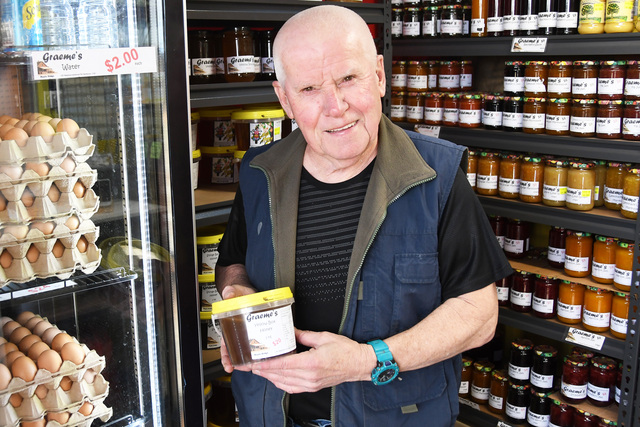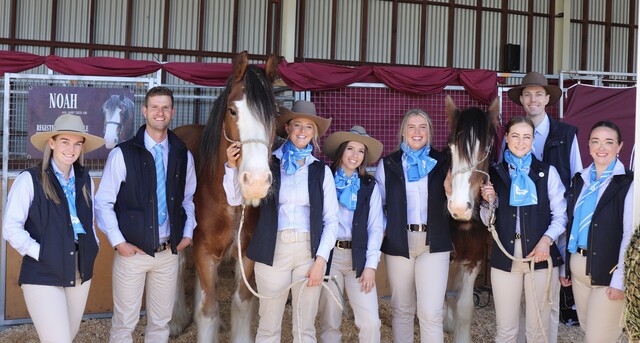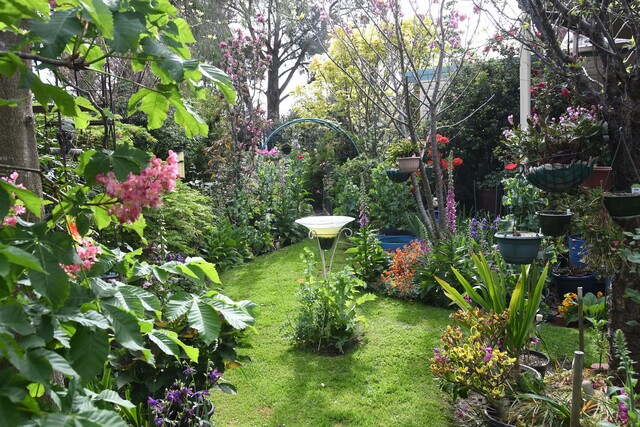By Victoria Stone-Meadows
Greyhound racing adds millions to local economies according to a new report, but not everyone is happy with the sport.
A report commissioned by greyhound Racing Victoria (GRV) shows that the Cranbourne and Healesville racing clubs employ a combined 4414 people.
The report also shows that greyhound racing in Cranbourne and Healesville injected $63.54 million into the local economies.
Across the state, greyhound racing generated $298.3 million in direct expenditure, and the economic impact totals about $408 million when the flow-on effects of jobs, salaries, spending and profits are considered.
GRV chairman Bernie Carolan said the greyhound racing industry had made many efforts to clean up its act recently and now the industry could be proud of what it had achieved.
“The industry has gone through an unprecedented period of reform in the past two years, and we have come a long way in that time,” he said.
“The industry will continue to grow and change, which is why we need a comprehensive picture of where it is now, so we can plan, meet the needs of the greyhound racing community and build a sustainable and vibrant future for greyhound racing in Victoria.
“What comes through strongly in this report is the extent of the industry’s economic, social and community impacts on communities across Victoria through job creation and flow-on effects, especially in regional Victoria.”
Dr Eleonora Gullone from the Coalition for the Protection of Greyhounds and the Animal Justice Party raised concerns over the future of greyhound racing in the state.
“The conditions for dogs involved in the greyhound racing industry are dismal for most since they spend the vast majority of their day in kennels alone and are let our for a few brief periods predominantly for relieving themselves,” she said.
Dr Gullone said the economic benefits greyhound may bring to some areas of the state do not outweigh the treatment of many dogs in the racing industry.
“The greyhound racing industry is based on a cruel cycle of breeding and killing greyhounds for the pure purpose of gambling.”
“In Victoria alone, the number of injuries and deaths between January and April were 15 deaths and 694 injuries,“ she said.
“It is important to note that even dogs with treatable injuries are mostly killed so even though there were 15 deaths on the track, many if not most of the 694 injured dogs most likely also met an untimely death.”
GRV CEO Alan Clayton said trainers and dog owners cared deeply for the welfare of their animals.
“They are the lifeblood of the industry, the great majority are passionate about what they do; it’s part business, part hobby for them and they are demonstrating that they care about the welfare of their dogs,” he said.
“Additionally, GRV clubs play an important social and community role, providing jobs and supporting community organisations through donations and sponsorships, especially in regional centres.”
While GRV, claim to have made improvements in the last few years regarding the dogs’ welfare, Dr Gullone said the industry itself is inherently cruel.
“There are still changes happening and it is too early to say what the impact of the improvements is,” she said.
“However, the cruelties cannot be removed regardless of changes made.
“So, GRV’s proposal that they will rehome 100 per cent of dogs just increases the pressure on rescue groups of other dog breeds.”
Dr Gullone said no matter how much the industry changed or self-regulated, there was no way she or her affiliates could see that Greyhound Racing should continue in Victoria.
“The industry is based on a culture that believes greyhounds are commodities and consequently they are treated as such,” she said.
“As a psychologist and long-time academic and researcher, what I know is that culture changes very slowly so regardless of rule changes made by GRV and government, it will take a very long time for trainers to change their ways.”

